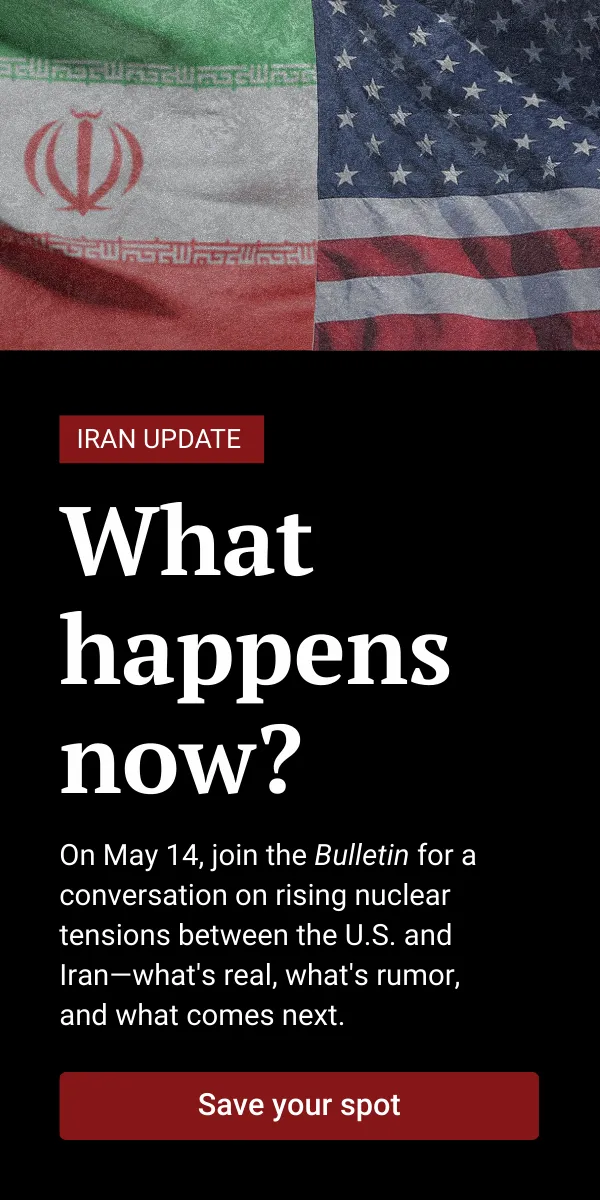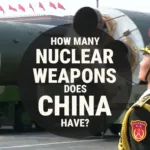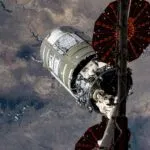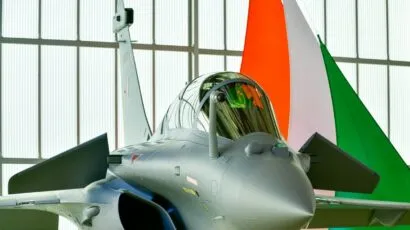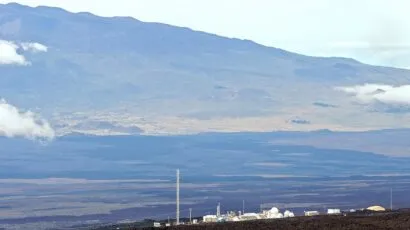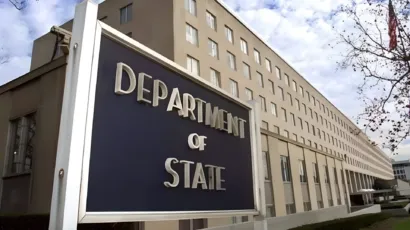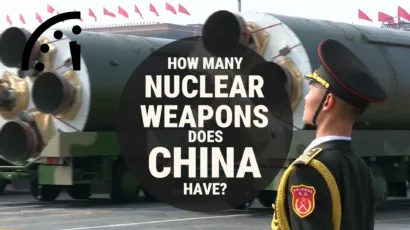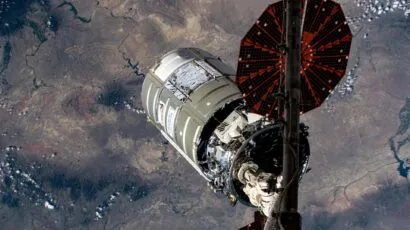How an India-Pakistan nuclear war could start—and have global consequences
By Alan Robock, Owen Brian Toon, Charles G. Bardeen, Lili Xia, Hans M. Kristensen, Matthew McKinzie, R. J. Peterson, Cheryl S. Harrison, Nicole S. Lovenduski, Richard P. Turco | October 31, 2019
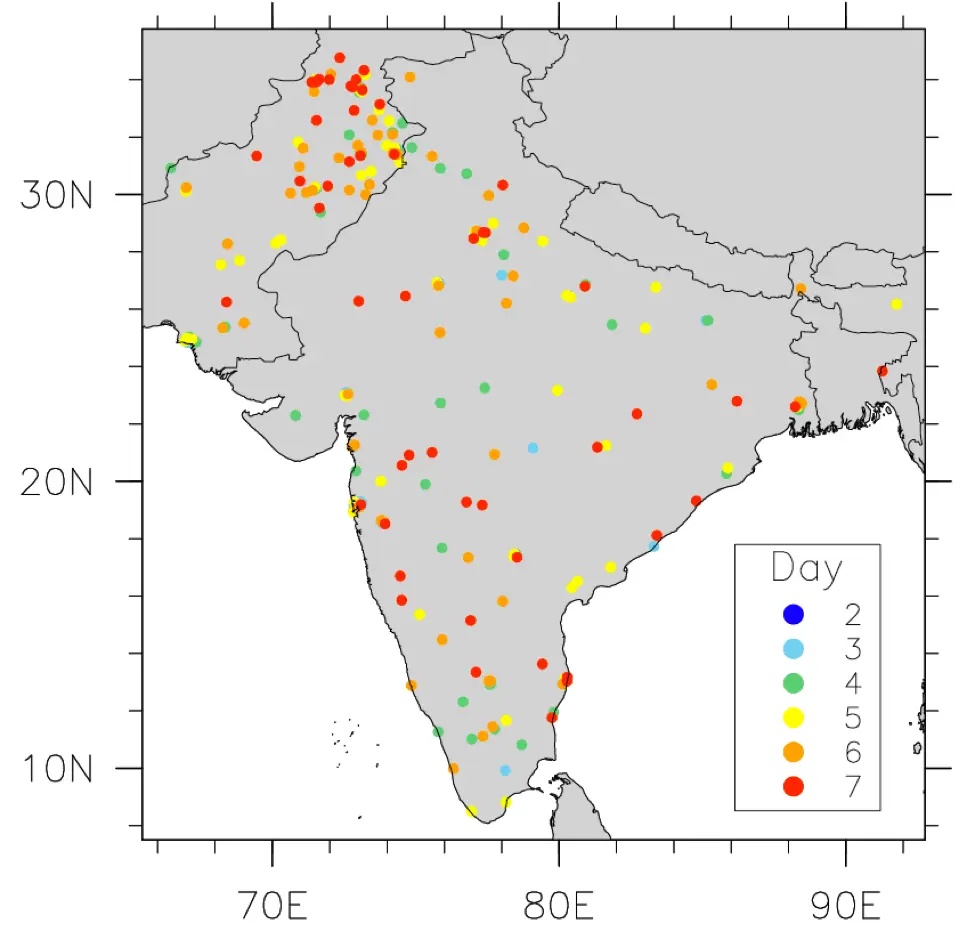 A map showing nuclear strikes, by the day, during an India-Pakistan war scenario
A map showing nuclear strikes, by the day, during an India-Pakistan war scenario
This article describes how an India-Pakistan nuclear war might come to pass, and what the local and global effects of such a war might be. The direct effects of this nuclear exchange would be horrible; the authors estimate that 50 to 125 million people would die, depending on whether the weapons used had yields of 15, 50, or 100 kilotons. The ramifications for Indian and Pakistani society would be major and long lasting, with many major cities largely destroyed and uninhabitable, millions of injured people needing care, and power, transportation, and financial infrastructure in ruins. But the climatic effects of the smoke produced by an India-Pakistan nuclear war would not be confined to the subcontinent, or even to Asia. Those effects would be enormous and global in scope. Free-access until January 1, 2020.
Together, we make the world safer.
The Bulletin elevates expert voices above the noise. But as an independent nonprofit organization, our operations depend on the support of readers like you. Help us continue to deliver quality journalism that holds leaders accountable. Your support of our work at any level is important. In return, we promise our coverage will be understandable, influential, vigilant, solution-oriented, and fair-minded. Together we can make a difference.
Issue: Bulletin of the Atomic Scientists Volume 75 Issue 6
Keywords: Cold start, Kashmir, South Asia, nuclear war, nuclear winter, tactical nuclear weapons
Topics: Doomsday Clock, Nuclear Weapons


